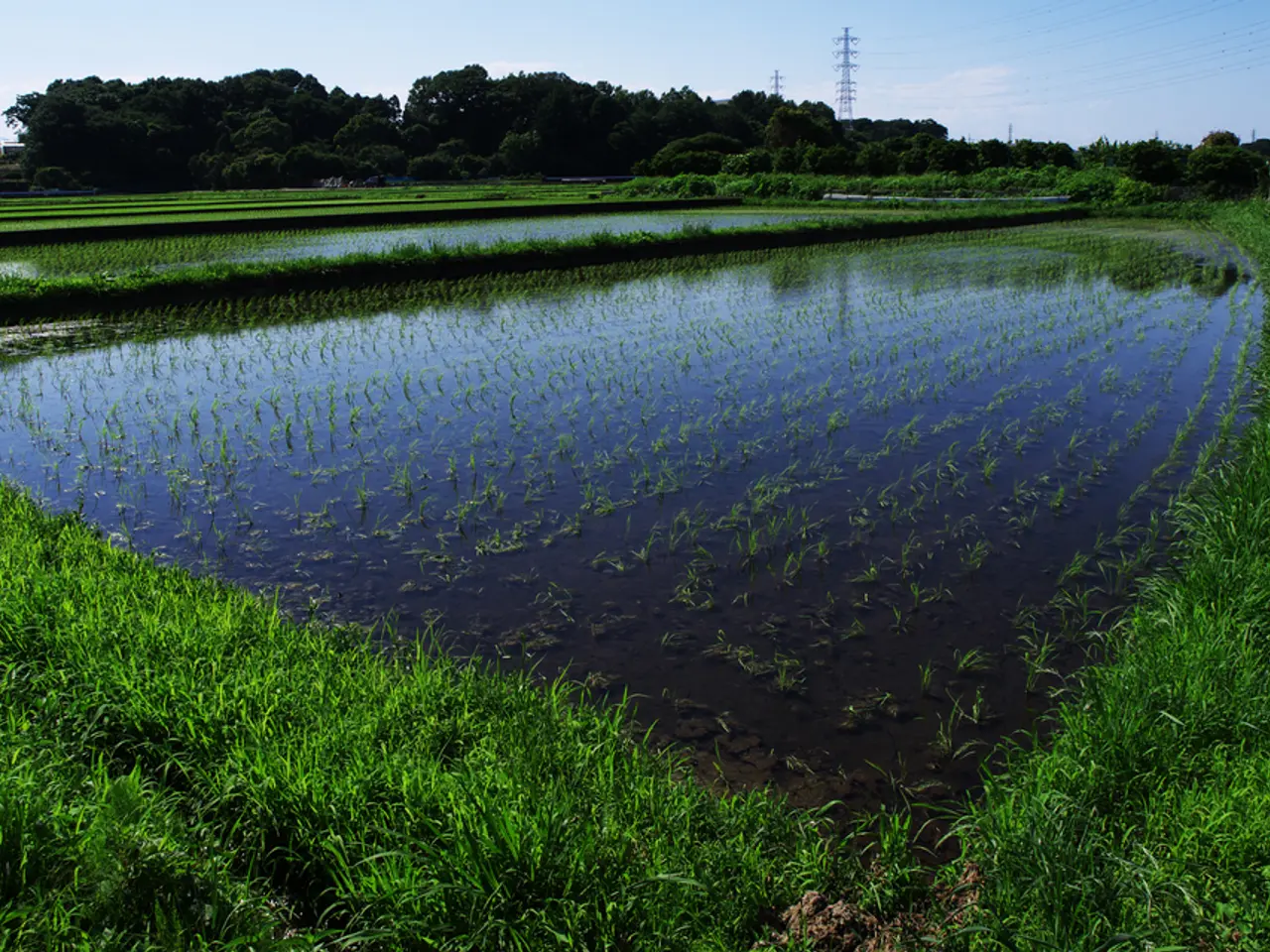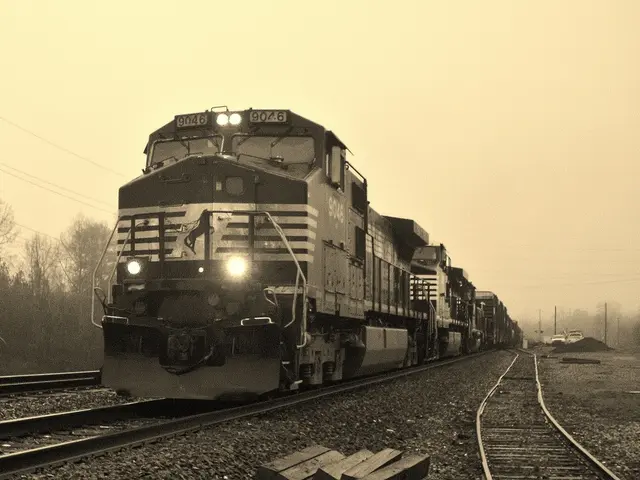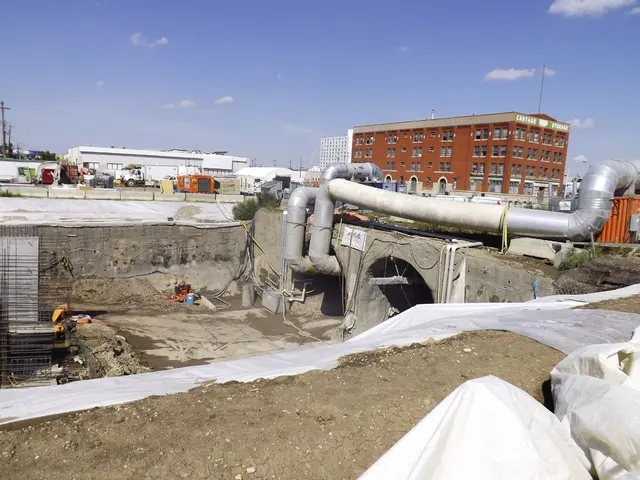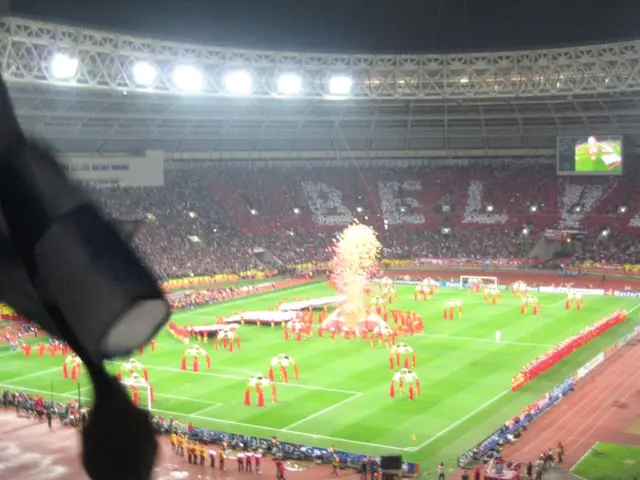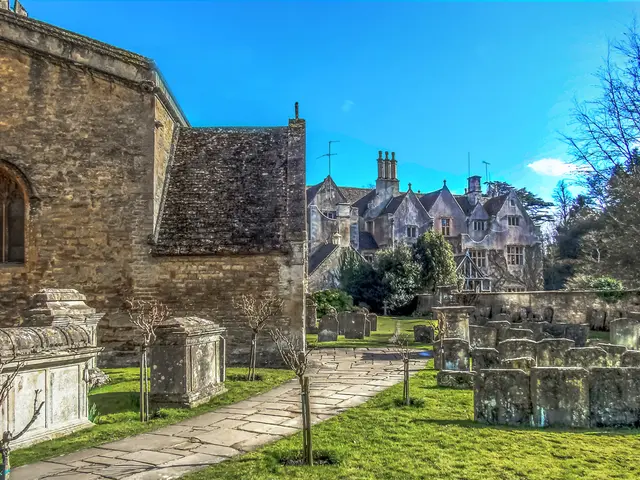Biden-Harris Administration's Public Lands Rule Sparks Utah Dispute
The Biden-Harris administration has taken significant steps to protect nature and communities, finalizing actions in April 2024 that aim to conserve public lands, reduce fossil fuel use, and boost renewable energy. These moves have sparked a dispute, particularly with the state of Utah, which is seeking control of public lands for industrial interests.
Before these actions, a vast majority, around 90%, of lands managed by the Bureau of Land Management (BLM) were open for oil and gas leasing in 2016. The new Public Lands Rule, finalized this year, seeks to rebalance this approach by treating conservation as an equal priority to resource extraction. This rule aims to end the era of unrestricted industrial development on public lands, often referred to as an 'open buffet'.
On Public Lands Day, the threats to these lands were highlighted, with both immediate and long-term dangers looming. Utah Governor Spencer Cox has been at the forefront of the dispute, filing a lawsuit against the federal government to seize control of over 200 million acres of public lands across the West and Alaska. This move is seen as a bid to benefit industrial forces, putting at risk the very nature and communities the administration is seeking to protect.
The Public Lands Rule is a significant step towards a more balanced management of public lands, prioritizing conservation alongside resource extraction. However, it faces challenges, with industrial interests and their political allies working to reverse these actions. The lawsuit filed by Utah underscores the ongoing struggle to protect and preserve these lands for future generations.
Read also:
- Conflict between Ben & Jerry's co-founder and Unilever over Gaza issues leads to resignation of co-founder
- Russian Auto Market Braces for Crisis as Chinese Suppliers Consider Exit
- Deepening EU-India relations despite apprehensions regarding Moscow connections
- Long-Serving MPP John Yakabuski Honoured With Lifetime Achievement Award
